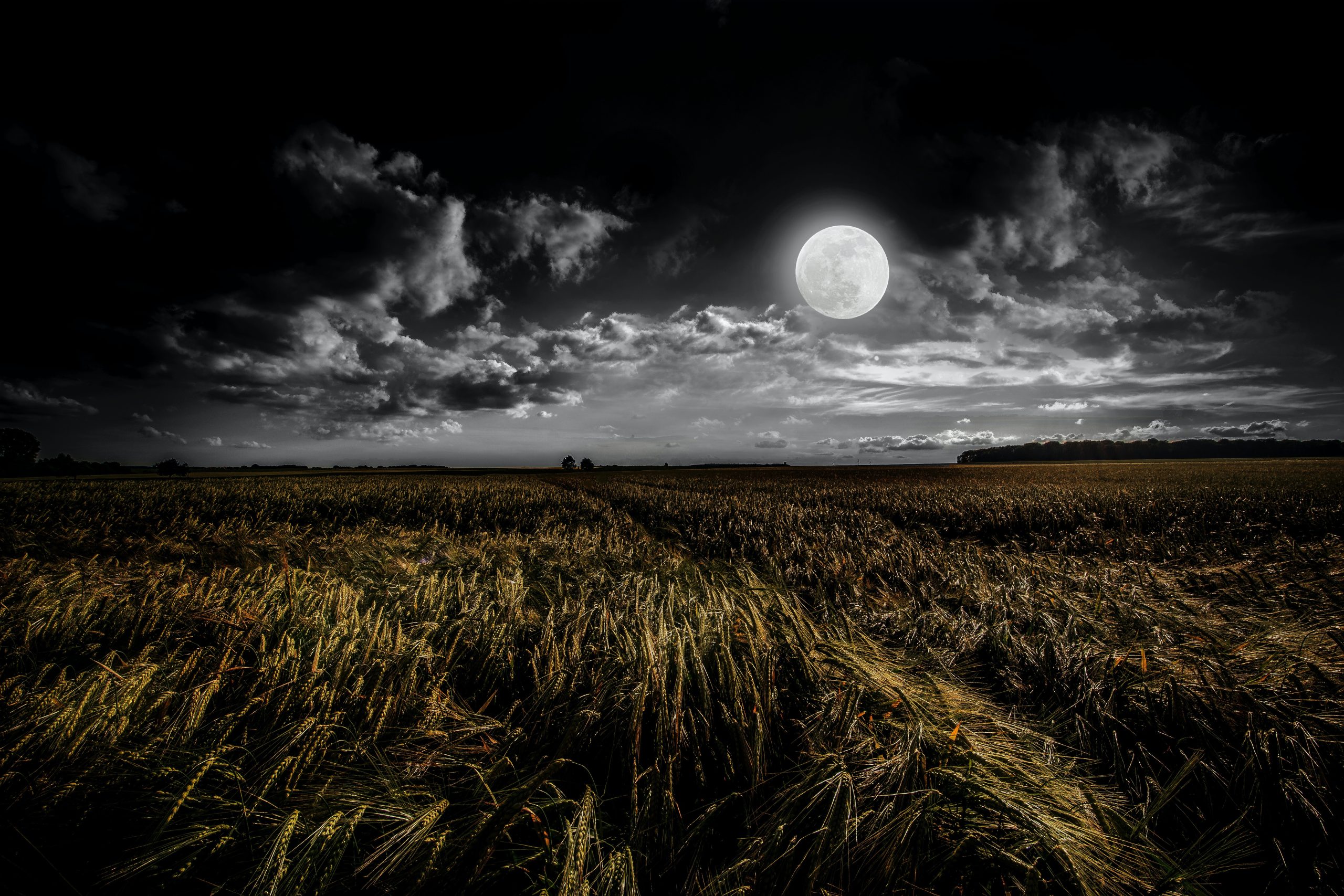Moon Phases and Feeding Times: Exploring the Connection Between Lunar Cycles and Animal Behavior
Have you ever noticed that your cat seems more active during certain times of the month? Or that your dog has a sudden burst of energy just as the moon begins to wane? Many pet owners have reported observing changes in their animals’ behavior in relation to the moon’s phases. While it may sound like a superstition, there is scientific evidence suggesting that lunar cycles can indeed influence animal feeding times and behaviors. In this blog post, we will delve into the fascinating connection between moon phases and feeding times, exploring the different theories and research behind this phenomenon.
The Influence of Lunar Cycles on Animal Behavior
For centuries, people have believed that the moon can affect various aspects of life on Earth, including animal behavior. It is well-known that the moon’s gravitational pull influences ocean tides, so it is not far-fetched to think that it might have an impact on animals as well. While the connection between lunar cycles and feeding times is not fully understood, several theories have been proposed to explain this phenomenon.
The Circadian Rhythm Hypothesis
One hypothesis is that animals, just like humans, have an internal clock known as the circadian rhythm, which regulates their sleep-wake cycles and other daily activities. According to this theory, the moon’s phases could act as an external cue that synchronizes this internal clock, influencing when animals feel hungry and active.
Research has shown that many animals, including domesticated pets, exhibit regular patterns of activity and rest that align with the lunar cycle. For example, a study conducted on cats found that they were more active during the evenings of the full moon and less active during the new moon. This suggests that the moon’s phases may play a role in regulating their feeding times and overall behavior.
The Lunar Illumination Hypothesis
Another hypothesis proposes that the moon’s illumination, rather than its phases, affects animal behavior. This theory suggests that animals may be more active when the moon is brighter, as it provides better visibility for hunting or foraging.
Support for this hypothesis comes from studies conducted on nocturnal animals, such as owls and bats. These animals rely on their keen sense of vision to navigate and locate prey in the dark. Researchers have found that they are more active during nights with higher lunar illumination, indicating that the moon’s brightness may indeed influence their feeding times and behaviors.
Scientific Research Supporting the Moon-Feeding Connection
While the theories mentioned above provide plausible explanations, scientific research has also provided evidence supporting the connection between moon phases and feeding times in various animal species. Let’s explore some of the notable studies in this area.
Marine Life and Lunar Cycles
A study conducted by marine biologists on the Great Barrier Reef in Australia found that coral reef fish exhibit synchronized feeding behavior corresponding to the moon’s phases. The researchers discovered that the fish were most active and engaged in feeding during the few days leading up to the full moon.
Similarly, another study conducted on marine organisms called zooplankton revealed that they exhibit diel vertical migrations, which means they move up to the surface to feed during certain times of the day and return to deeper waters during others. This migration pattern was found to be synchronized with the moon’s phases, with increased feeding activities occurring during the full moon.
Domesticated Pets and Lunar Influence
In a fascinating study conducted on domesticated pets, researchers examined the food intake and activity level of dogs and cats in relation to the moon’s phases. The study included measurements from over 450 animals, and the results showed significant variations in food intake and activity during different phases of the moon.
During the full moon, dogs were found to consume more food and be more active, while cats showed the opposite pattern, consuming less food and exhibiting decreased activity. These findings suggest that moon phases may indeed influence the feeding times and behaviors of our beloved pets.
Practical Applications and Implications
Understanding the connection between moon phases and feeding times can have practical applications in various fields, including animal care and wildlife conservation. By considering the lunar cycle, pet owners can better plan their feeding schedules and activities to accommodate their pets’ natural tendencies during specific moon phases.
Furthermore, wildlife biologists and conservationists can use this knowledge to gain insights into animal behavior, particularly in nocturnal or crepuscular species. By understanding the influence of moon phases on feeding times, researchers can improve their conservation strategies and habitat management efforts.
Conclusion
The connection between moon phases and feeding times in animals is a fascinating topic that continues to intrigue scientists and pet owners alike. While more research is needed to fully comprehend the mechanisms behind this phenomenon, there is mounting evidence suggesting that lunar cycles do influence animal behavior, including their feeding patterns.
Whether it’s the synchronization of the circadian rhythm or the moon’s illumination that influences animal behavior, the moon-phasing connection can have practical implications in animal care and wildlife conservation. By acknowledging and incorporating these natural influences, we can develop a deeper understanding of the animals we share our world with and ensure their well-being.
Table of Contents
